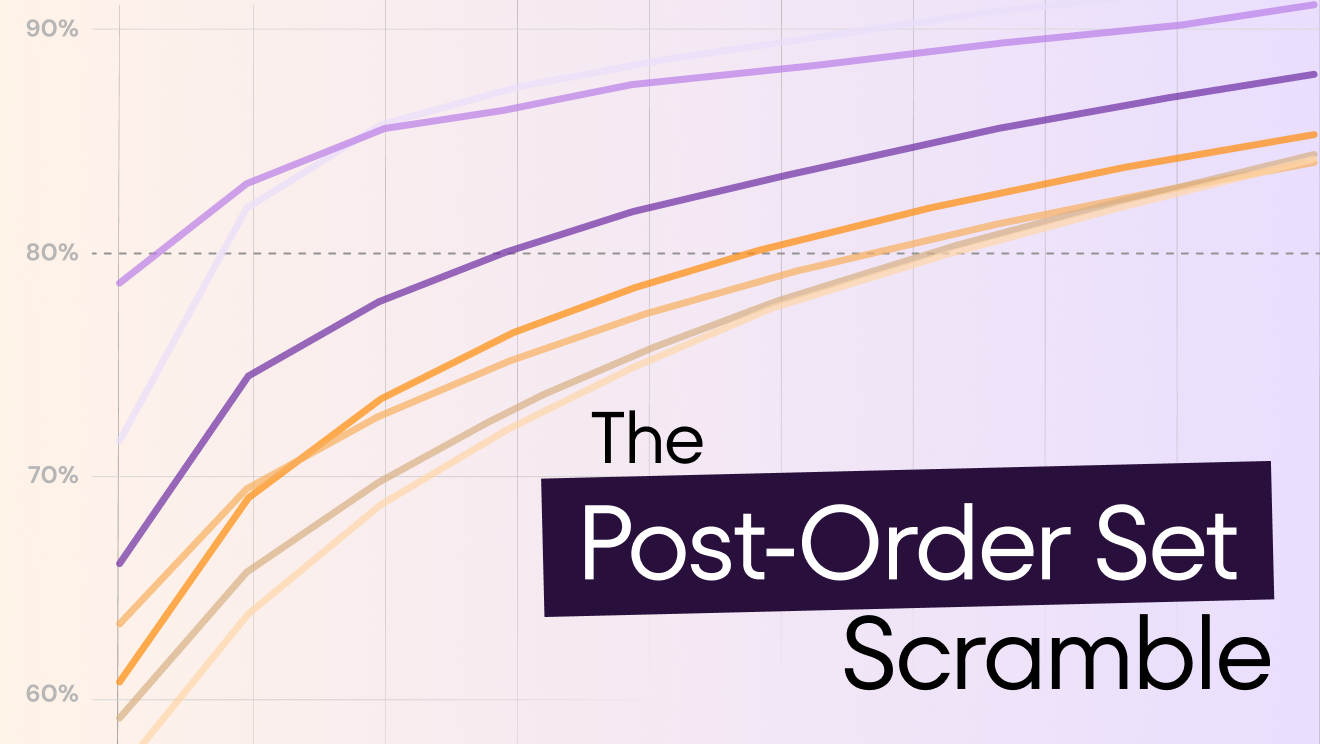Blog
$250k or $3 million for order set evaluation?
Evaluating 600 order sets can cost anywhere from $250K to $3M depending on how robust your review process is. Forward-thinking health systems are using AI-driven tools to cut review timelines by 85%, delivering $3M-quality results at a fraction of the cost.


$250k or $3 million for order set evaluation?
Our models show that this represents the staffing cost range to evaluate 600 order sets. This effort is extremely manual and where your organization falls depends largely on how robust your process is. For example:
🔸 How many stakeholders participate and how frequently do they meet?
🔸 Does it incorporate data analytics and, if so, to what extent?
🔸 Is the goal only to review content accuracy or also to look at increasing efficiencies for clinicians?
You probably have a good sense of where most organizations fall in this range. Dustin Hufford, CIO at Cooper University Health Care (my EM residency stomping grounds), recently sought advice:
"$880 billion in proposed Medicaid cuts. How are my fellow technology leaders preparing for this wild ride?"
Margins were already tight with Becker's Healthcare CFO digest reporting layoffs almost weekly. Committing more highly skilled (and highly paid) staff to this problem is just not feasible in the current environment.
Which brings me back to my original question. Clinical Informatics teams are already universally understaffed for the amount of work under their list of responsibilities. The result is often reactive patches, unmonitored interventions aimed at clinicians, and unsafe electronic patient care landmines.
The risks are well documented, prompting regulations like the Centers for Medicare & Medicaid Services SAFER Guides requirements and regular reviews of protocolized ordering tools. However, teams nationwide are doing the bare minimum. It’s not a lack of interest, but rather the tedious manual nature of monitoring and fixing an overwhelming amount of content. So, why are we surprised with stagnant safety practices and underwhelming outcomes?
Can we spend on the $250k side of the gradient, but get the result from the $3 million side?
Yes! Leading health systems are pioneering AI-driven approaches that replace highly manual and reactive processes with proactive, automated content alignment and evaluation. The breakthrough: 85% reduction in decision timelines (6 months → 2 weeks) by shifting from manual processes to data-driven optimization using real-world performance insights and automation as achieved by MultiCare Health System (read our new case study!). Similarly via our partnership with UpToDate, a major children's hospital we work with proactively identified order sets containing obsolete allergy contraindications through automated mapping of external guidelines to their static local content.
Smart EHR content evaluation provides a strategic pathway to doing more with less, while improving clinician well-being through better workflows. With a financially uncertain future, the question for our clinicians and patients isn't whether you can afford to turbocharge your teams… it's whether you can afford not to.
Evaluating 600 order sets can cost anywhere from $250K to $3M depending on how robust your review process is. Forward-thinking health systems are using AI-driven tools to cut review timelines by 85%, delivering $3M-quality results at a fraction of the cost.

Written by
Marc Tobias
Aug 13, 2025
Written by
Marc Tobias
Aug 13, 2025
Our models show that this represents the staffing cost range to evaluate 600 order sets. This effort is extremely manual and where your organization falls depends largely on how robust your process is. For example:
🔸 How many stakeholders participate and how frequently do they meet?
🔸 Does it incorporate data analytics and, if so, to what extent?
🔸 Is the goal only to review content accuracy or also to look at increasing efficiencies for clinicians?
You probably have a good sense of where most organizations fall in this range. Dustin Hufford, CIO at Cooper University Health Care (my EM residency stomping grounds), recently sought advice:
"$880 billion in proposed Medicaid cuts. How are my fellow technology leaders preparing for this wild ride?"
Margins were already tight with Becker's Healthcare CFO digest reporting layoffs almost weekly. Committing more highly skilled (and highly paid) staff to this problem is just not feasible in the current environment.
Which brings me back to my original question. Clinical Informatics teams are already universally understaffed for the amount of work under their list of responsibilities. The result is often reactive patches, unmonitored interventions aimed at clinicians, and unsafe electronic patient care landmines.
The risks are well documented, prompting regulations like the Centers for Medicare & Medicaid Services SAFER Guides requirements and regular reviews of protocolized ordering tools. However, teams nationwide are doing the bare minimum. It’s not a lack of interest, but rather the tedious manual nature of monitoring and fixing an overwhelming amount of content. So, why are we surprised with stagnant safety practices and underwhelming outcomes?
Can we spend on the $250k side of the gradient, but get the result from the $3 million side?
Yes! Leading health systems are pioneering AI-driven approaches that replace highly manual and reactive processes with proactive, automated content alignment and evaluation. The breakthrough: 85% reduction in decision timelines (6 months → 2 weeks) by shifting from manual processes to data-driven optimization using real-world performance insights and automation as achieved by MultiCare Health System (read our new case study!). Similarly via our partnership with UpToDate, a major children's hospital we work with proactively identified order sets containing obsolete allergy contraindications through automated mapping of external guidelines to their static local content.
Smart EHR content evaluation provides a strategic pathway to doing more with less, while improving clinician well-being through better workflows. With a financially uncertain future, the question for our clinicians and patients isn't whether you can afford to turbocharge your teams… it's whether you can afford not to.

.svg)
.svg)


